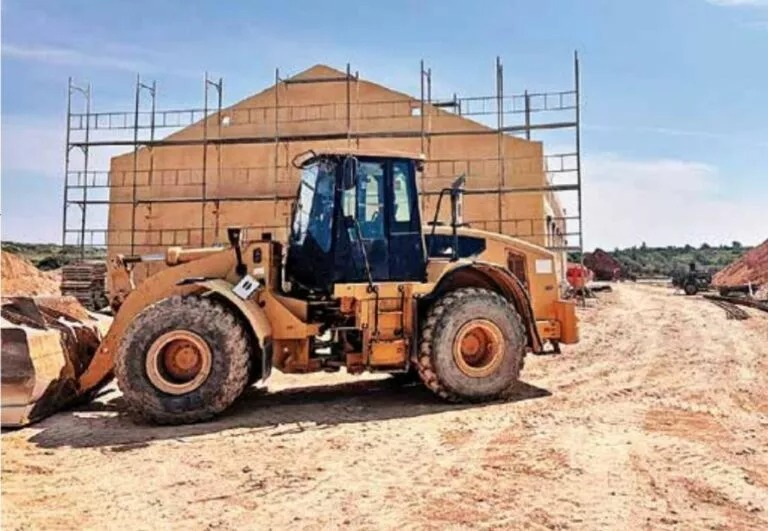The Bishopric of Constantia and Ammochostos persists in its positions regarding the violation of current environmental, urban planning, and construction legislation within the framework of building a monastery.
The monastery is being constructed without the required environmental approvals, as well as urban planning and construction permits, within the protected area of Cape Greco, on ecclesiastical land enclosed by state forest land within the Cape Greco National Forest Park.
The competent authorities of the Ministries of Agriculture and Interior have taken drastic measures to immediately halt the works and rectify the violations, but the Municipality of Ayia Napa has not yet made any public statements on the matter.
The issue is expected to be discussed in the next session of the Parliamentary Committee on Environment next Wednesday.
Following assurances given to the Minister of Interior by bishop Vasileios, through the director of the Church’s Audit Department, regarding the demolition of the monastery and restoration of the site in case of rejection of the Hierarchical Appeal, the Bishopric of Constantia is gathering signatures from citizens online, believing that in this way it will legitimise its illegal actions.
Specifically, citizens are invited to sign in favour of the construction of the St. Ephraim and St. Catherine Dependency with public benefit programmes in Ayia Napa at the Bishopric of Constantia and Ammochostos.
The Bishopric’s website states that Cypriot society considers the specific project that has begun to be built in the Korakistra area of Ayia Napa as necessary and beneficial for the Ammochostos province and Cyprus as a whole, because:
“It will house the homeless, solitary brotherhood of the monastery of Panagia Ayia Napa, which cannot be accommodated in the existing monastery in Ayia Napa due to its location among nightlife venues.”
“It will provide public benefit detoxification and rehabilitation programmes from drugs and alcohol, as well as support programmes for other sensitive cases.”
The resolution concludes by stating: “we support that with the appropriate indications and permits from the competent authorities, this specific project can be carried out at this specific location and will perfectly combine environmental protection and human protection, constituting a significant legacy for the present and the future.”
According to an investigation by Phileleftheros, there is no brotherhood of monks at the monastery of Ayia Napa.
According to statements by bishop Vasileios of Constantia and Ammochostos, made on 27.02.2019, in the context of signing the construction contracts for the redevelopment of the existing monastery of Ayia Napa, the monastery was built in the form of a medieval castle around 1500 AD.
Until around 1840, there are testimonies that it was inhabited by monks. For many years, it functioned as the main church of Ayia Napa. In 1978, it was converted into an Ecumenical Conference Centre, while after the restoration of the Bishopric of Constantia-Ammochostos in 2007, the monastery came under its administration, and efforts began to convert it into a museum.
Therefore, the question arises as to which exact “homeless, solitary brotherhood of the Holy Monastery of Panagia Ayia Napa” the resolution of the Bishopric of Constantia and Ammochostos refers to.
The even more significant question that arises is why the bishop of Constantia and Ammochostos did not follow the indications of the competent authorities from the beginning and why it did not secure in advance the required environmental approvals, as well as urban planning and construction permits, as mandated by the existing legislation.






